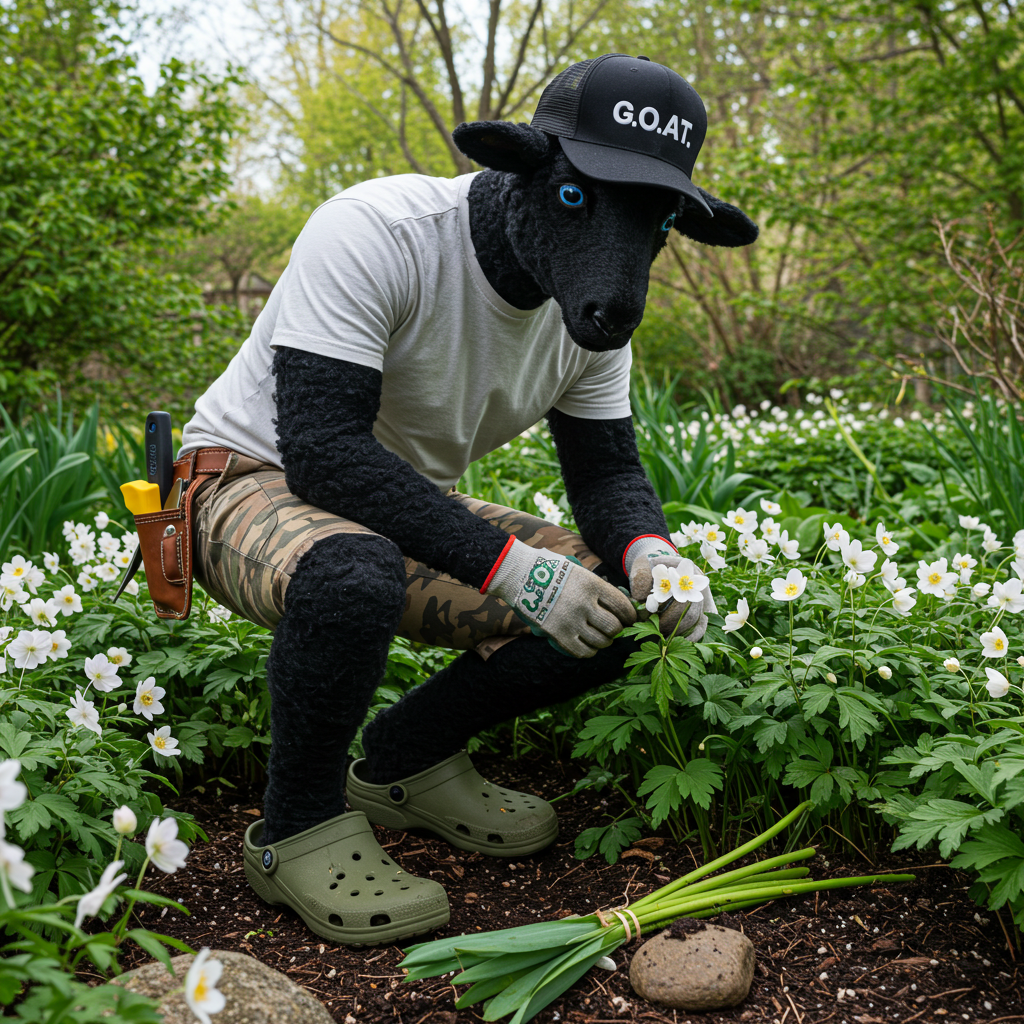Gardening for Pollinators - What to Plant First to Welcome the Buzz

Gardening for Pollinators: What to Plant First to Welcome the Buzz
Every great garden begins with a quiet promise: Come, rest here. Feed here. Stay awhile. And for pollinators—those winged wonders that keep the world blooming—our gardens can be both sanctuary and sustenance.
But timing matters. Early in the season, when most gardens are still rubbing the sleep from their eyes, pollinators are already on the move, hungry and hunting. If we want to truly support them, we need to think about what we’re planting first.
Let’s walk through how to be the best kind of early-bird host (no worms required).
🐝 Why Early Bloomers Matter
Bees, butterflies, and other pollinators emerge from hibernation or migration with one thing on their minds: food. And in early spring, food can be hard to find.
By planting early-blooming perennials, native shrubs, and spring bulbs, you’re not just prettying up your yard—you’re providing critical energy sources when they're most needed. It's like offering someone hot cocoa in a snowstorm. Instant hero status.
🌱 What to Plant First: Native Ontario Perennials Pollinators Love in Early Spring
These early risers are some of the first to bloom in spring and provide vital nectar and pollen when it’s still slim pickings out there. Plant them to roll out the welcome mat for your local pollinators.
🐝 Aquilegia canadensis (Wild Columbine)
Bloom time: Mid to late spring
Loved by: Hummingbirds, bumblebees, and early butterflies
The elegant red-and-yellow flowers are like nature’s little chandeliers—and they’re filled with nectar just when early pollinators are getting hungry.
🐝 Geranium maculatum (Wild Geranium)
Bloom time: Mid spring
Loved by: Bumblebees, mining bees, and syrphid flies
A shady garden favourite with soft lavender-pink flowers. It’s one of the first native perennials to offer generous nectar and pollen.
🐝 Geum triflorum (Prairie Smoke)
Bloom time: Early to mid spring
Loved by: Solitary bees and native bumblebees
Before it forms its signature wispy “smoke,” it sends up nodding pink blooms that quietly charm the earliest garden visitors.
🐝 Mertensia virginica (Virginia Bluebells)
Bloom time: Early spring
Loved by: Bumblebees, especially queens
A classic woodland ephemeral with clusters of sky-blue bells. These are bee favourites during that early window when choices are few and far between.
🐝 Uvularia grandiflora (Large-Flowered Bellwort)
Bloom time: Early spring
Loved by: Solitary bees
These delicate yellow blooms dangle sweetly in shady spots and offer important pollen for early-season bee species.
🐝 Cornus canadensis (Bunchberry)
Bloom time: Late spring
Loved by: Native bees and small butterflies
A creeping groundcover that offers charming white bracts (similar to dogwoods) and subtle nectar treats.
🐝 Asarum canadense (Wild Ginger)
Bloom time: Early spring
Loved by: Beetles and early ground-dwelling pollinators
The hidden flowers aren't flashy, but they’re functional! And the lush foliage shelters moisture and beneficial insects beautifully.
🐝 Anemone canadensis (Canada Anemone)
Bloom time: Late spring
Loved by: Small native bees and hoverflies
These simple white blooms are more than just pretty—they’re a pollen pantry for your garden’s earliest guests.
🍃 Bonus Pollinator Hosting Tips
-
Layer your planting. Pair ferns and wildflowers together to create a cozy understory—perfect for moisture-loving insects and spring bees.
-
Skip the rake. Leaving some leaf litter around early in the season helps protect hibernating bees and butterfly chrysalises.
-
Water thoughtfully. A shallow dish with pebbles offers pollinators a place to sip safely—kind of like a patio café for bugs.
🐦 A Garden That Gives Back
Planting for pollinators isn’t just good for the bees—it’s good for you, too. Those early blooms lift spirits after a long winter, and the gentle hum of wings in the garden is like a whispered thank-you.
So go ahead—plant a little early. Invite the pollinators in with open arms (and open flowers). The garden party is just getting started, and you’re the host with the most.

